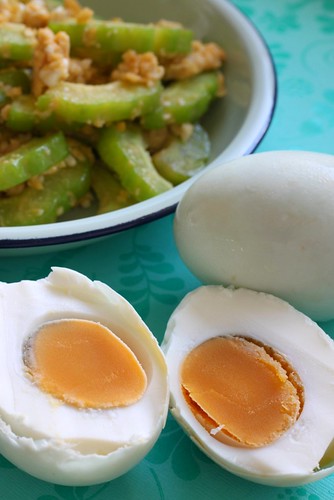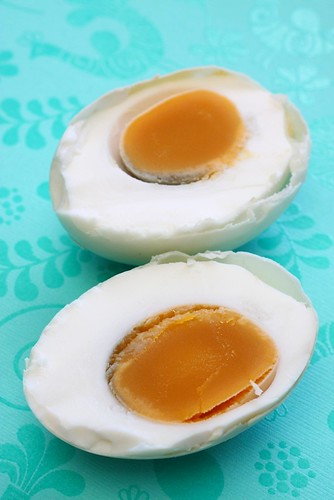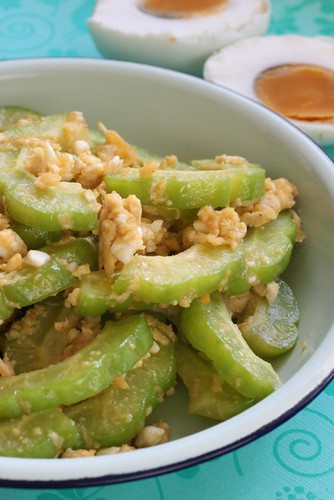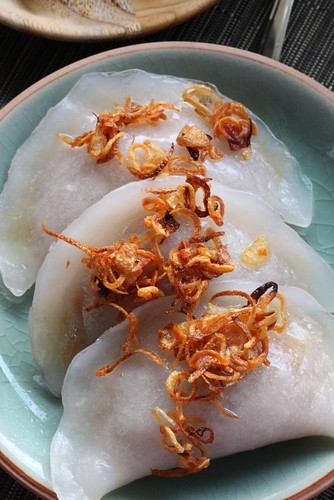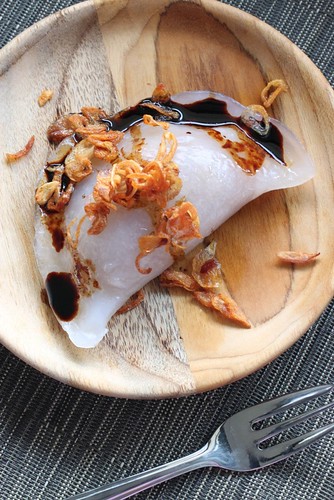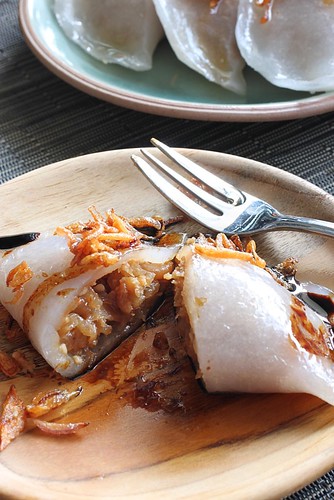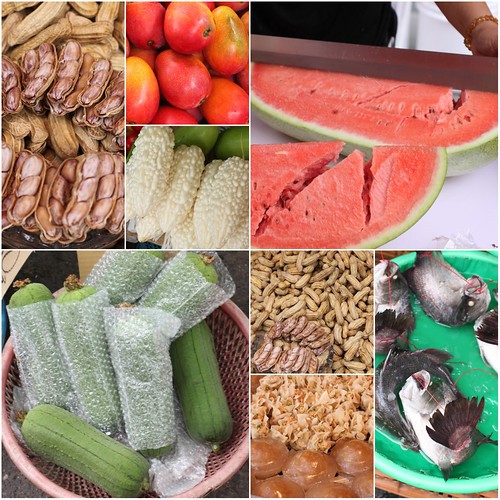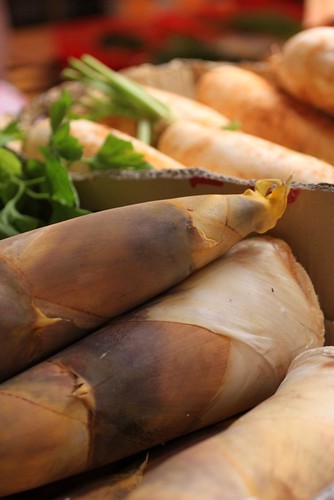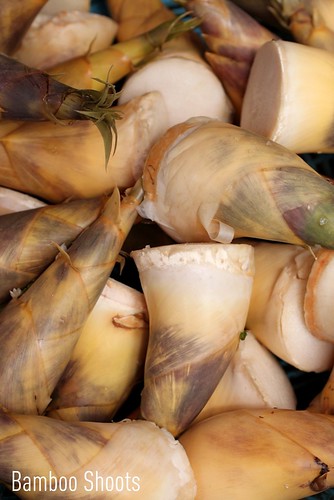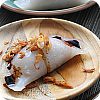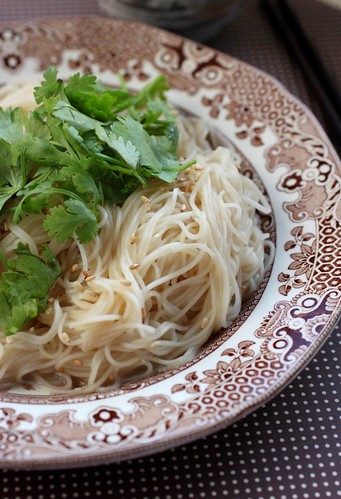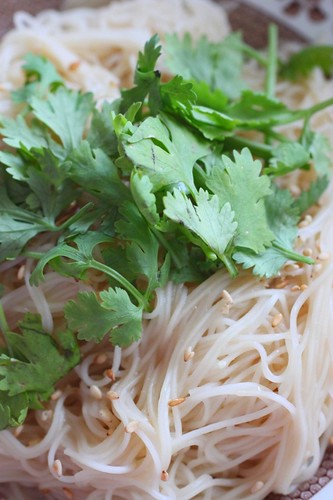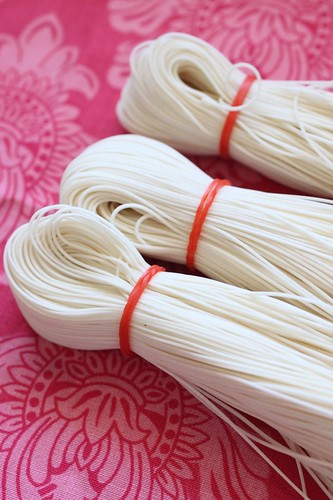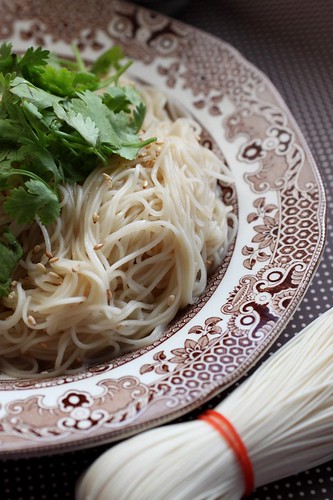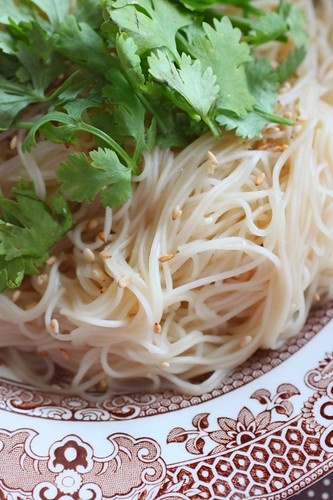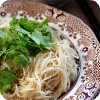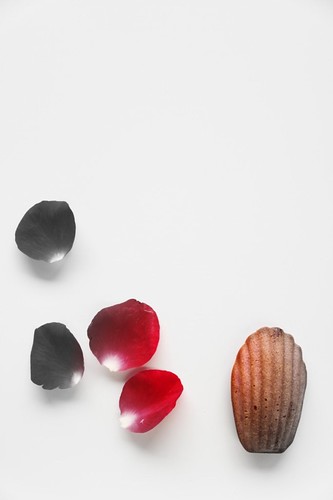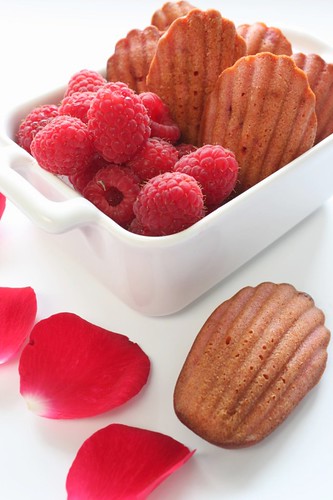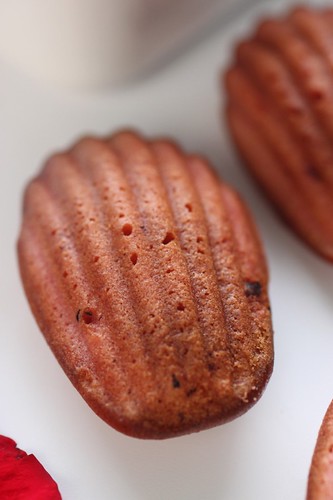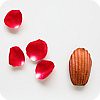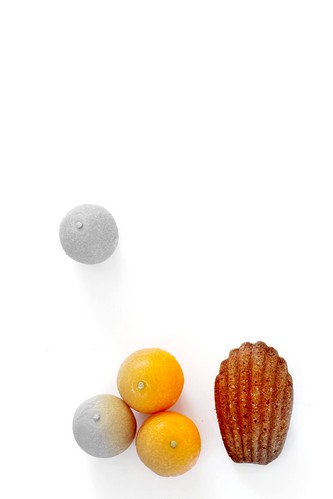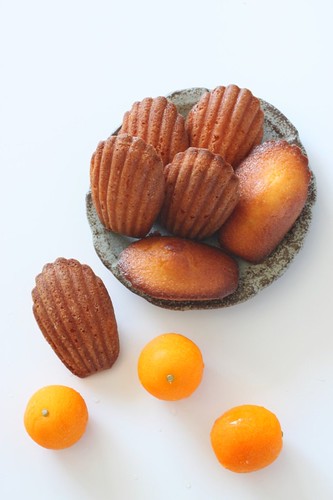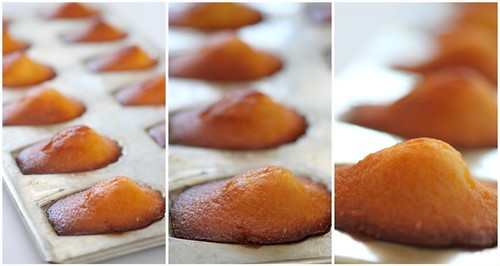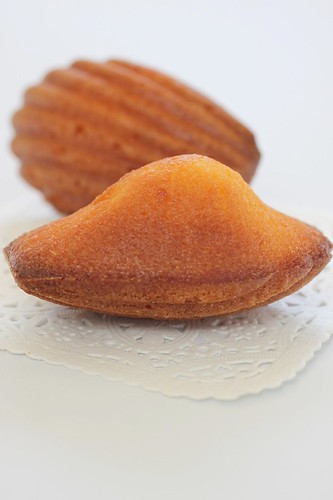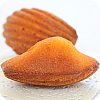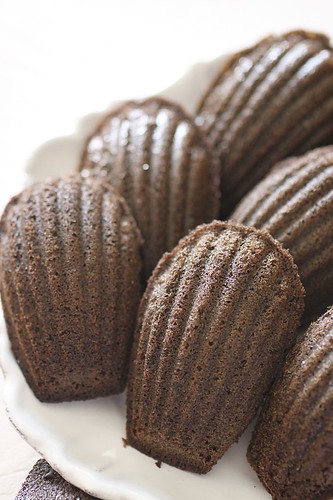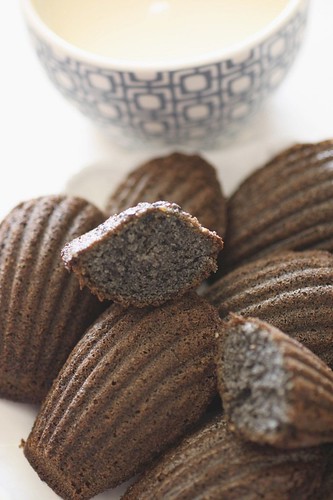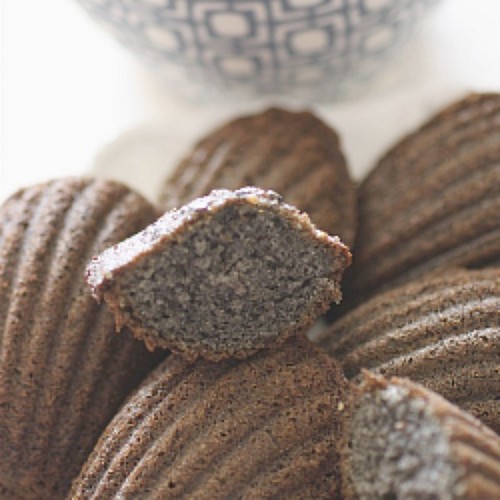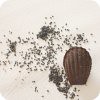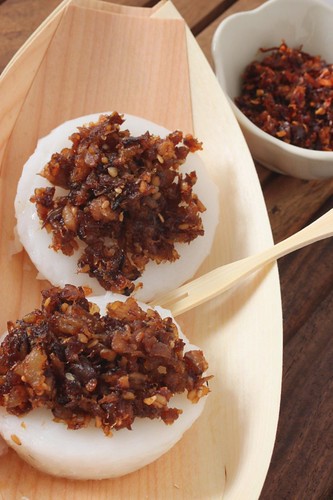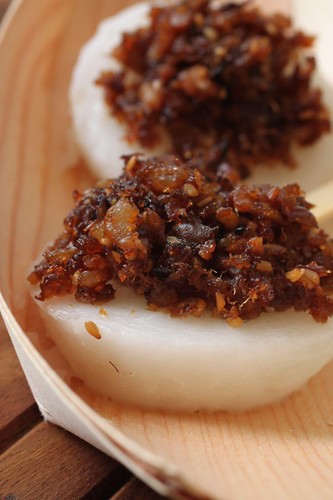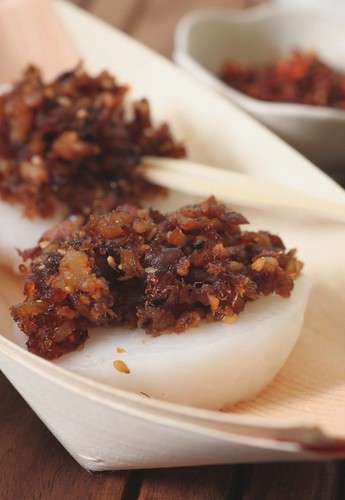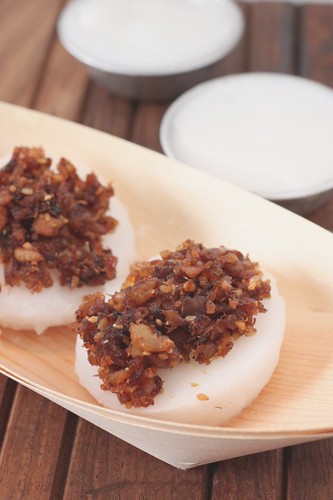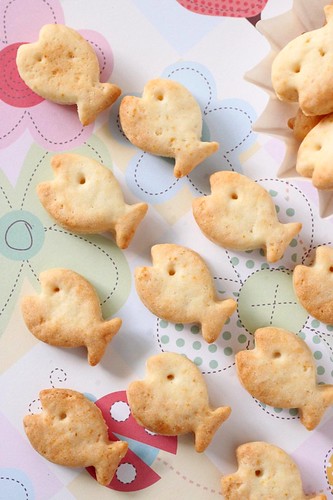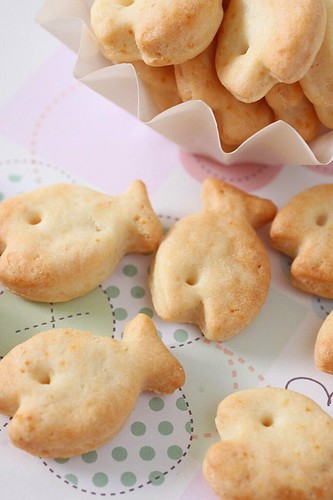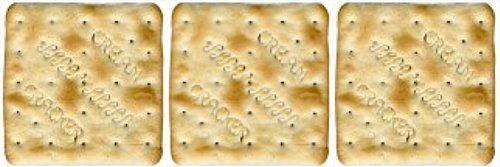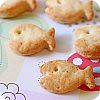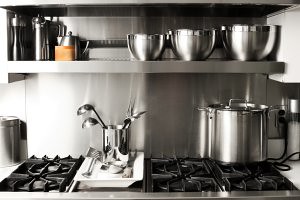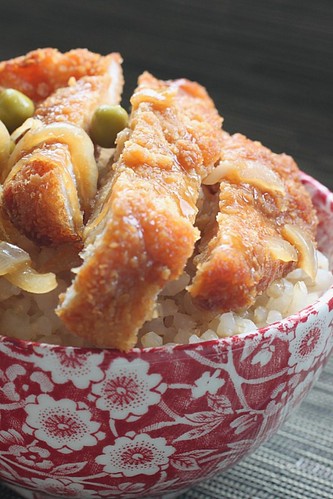
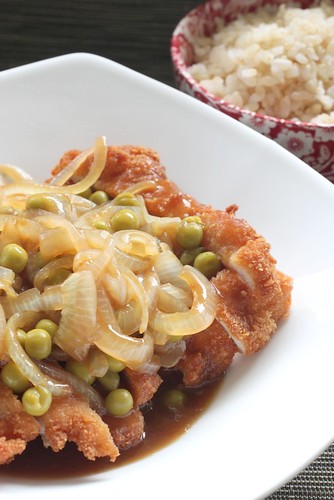

I am a Hainanese, that minority Han tribe that hails from the Southern Chinese Island known as the Hainan Island.(The Chinese would call it the Hawaii of China. I wouldn't know, I have never been to either Hawaii or Hainan Island) There are enough Hainanese who had migrated to Singapore to make this quite a well known clan - after the main stream clans such as the Cantonese, the Hokkien and the Teochews.. After all, no visitor to Singapore must leave the island without trying the famous Hainanese Chicken Rice!
We used to stereotype the different races who had migrated to Singapore. The Indians thrived as money changers and textile dwellers in Singapore, the Hokkiens and Teochews ran the staple commodity business e.g. salt, flour, rice, the Hainanese - coffee shop owners, cooked for the ang mohs(expatriates from England, Switzerland etc who were residing in Singapore). I don't know how it came to be like this but ever since I was young I already noted that among my relatives, there were quite a number of good cooks - one was running the kitchen at the local Swiss Club, another was house keeper and cook to a wealthy English man living in a sprawling mansion at Bukit Timah...I hear similar stories from my Hainanese colleague whose mother was a cook and housekeeper to the western expatriates.
As a result of which, we became the 'priviledged' kids who knew what beef stew was,ate pork chop with fried potatoes wedges and frankly speaking, grew up with the best Chinese Curry Chicken.
The Hainanese Pork Chop is one of my favourite childhood dishes. I would remember my mum asking me to pound the Cream Crackers (we don't use bread crumbs to coat the pork chop) while she tenderised the pork chops with the back of a cleaver.
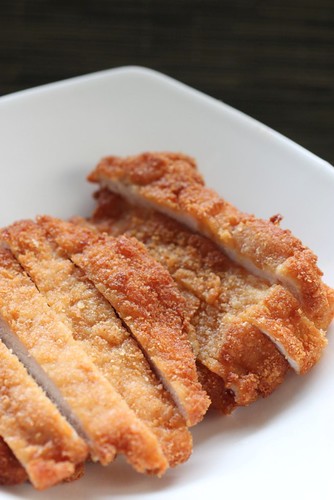
I was pleasantly reminded of this dish when I was poring over Madam Neo's cookbook for the Soon Kueh recipe. While my mother used to prepare a tomato ketchup sauce, Madam Neo's version is soya sauce based but looked equally good. I decided to give this a try yesterday for lunch... and no regrets. I am happy and very satisfied.
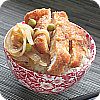
Recipe (from Madam Neo 梁怡树夫人's 温馨佳肴) :
Pork Chop 314g
Oil 1 tbsp
Butter 1 tbsp
Oil for deep frying
Cinnomon Stick 2.5cm long
Onion 115g
All purpose flour 1 tsp
Jacobs/Kong Guan / Julie cream cracker 140g pound into powder
Green peas 55g
Marinate
Egg 1
Sugar 1/4 tsp
Salt 1 tsp
Pepper To season
Seasoning for Sauce
Chicken stock 225 ml
Chicken seasoning 1/2 tsp (optional)
Sugar 1/2 tsp
Dark Soya sauce 1 tsp
Salt to taste
Method
1. Mix all marinate ingredients together.
2. Flatten and tenderise pork chop with back of cleaver or tenderiser.
3. Place (2) into (1) and let marinate for 30mins.
4. Sauce : heat a wok and add butter and oil. Add cinnamon and onion rings. Fry until onion is fragrant and turn transparent. Add flour and stir fry for another minute. Add the Sauce seasoning and simmer on low heat until thicken.
5. Heat enough oil in the wok to deep fry pork chop.
6. Place cream cracker crumbs on a shallow plate and coat marinated pork chop evenly with cracker crumbs. Deep fry the coated pork chop until golden brown. Remove and place on an oil blotter.
7. Slice deep fried pork chop and top with sauce and green peas.



